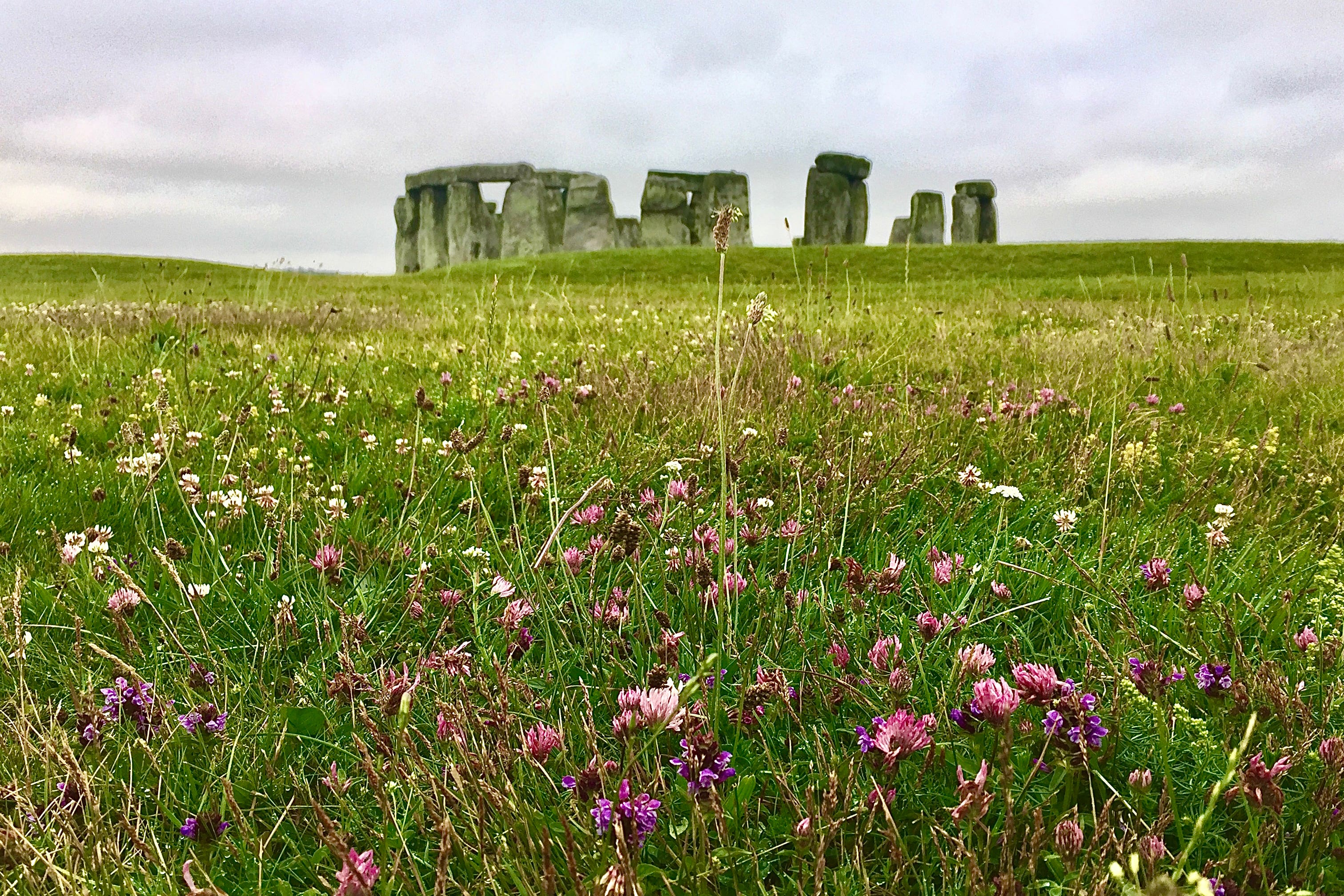100 wildflower meadows to be created at historic English sites to mark King’s coronation
Wildflowers will be planted at Stonehenge and at Westminster’s Jewel Tower to leave a lasting natural legacy

Your support helps us to tell the story
From reproductive rights to climate change to Big Tech, The Independent is on the ground when the story is developing. Whether it's investigating the financials of Elon Musk's pro-Trump PAC or producing our latest documentary, 'The A Word', which shines a light on the American women fighting for reproductive rights, we know how important it is to parse out the facts from the messaging.
At such a critical moment in US history, we need reporters on the ground. Your donation allows us to keep sending journalists to speak to both sides of the story.
The Independent is trusted by Americans across the entire political spectrum. And unlike many other quality news outlets, we choose not to lock Americans out of our reporting and analysis with paywalls. We believe quality journalism should be available to everyone, paid for by those who can afford it.
Your support makes all the difference.One hundred wildflower meadows are to be created or enhanced at historic sites across England including Stonehenge and Westminster’s Jewel Tower in celebration of the King’s coronation.
English Heritage said the project would leave a natural legacy by working to restore the country’s lost flower-rich glasslands, in tribute to Charles’s love of the natural world.
Some 97 per cent of the UK’s meadows have disappeared since the 1930s, with many remaining fragments left unprotected.
Seventy-five of the meadows will be brand new and 25 are existing ones which will be developed.
English Heritage’s chosen locations include 43 castles and forts, 22 abbeys and priories and 10 historic houses.
Whitby Abbey in Yorkshire, Queen Victoria’s former home Osborne on the Isle of Wight and Tintagel Castle in Cornwall are among them.
At the world-famous prehistoric stone circle Stonehenge in Wiltshire, a new field of wildflowers is planned for outside the visitor centre to greet people on arrival.
The banks of the monument are already a county wildlife site, with flowers such as orchids found in the outer grassland near the stones.
The Jewel Tower near the Palace of Westminster in London was built around 1365 to house Edward III’s treasures and is one of only two buildings from the medieval palace to survive the fire of 1834.
A lawned area, formerly part of the Palace Garden, has been cleared and overseeded with wildflower to create a new native species-rich meadow in the heart of central London.
At the gothic ruins of Whitby Abbey, the inspiration for Bram Stoker’s Dracula, a new meadow will be established over a number of years through careful management as part of a long-term project.
Tintagel and Osborne’s existing meadows will be enhanced and diversified.
Charles, who will be crowned on May 6, is known to be a passionate gardener who is committed to organic farming, promoting biodiversity and has long campaigned in the fight against climate change.
Kate Mavor, English Heritage’s chief executive, said: “The King’s coronation is a significant moment in history and we wanted to mark it in a meaningful way, in a way that combines two of His Majesty’s passions – nature and heritage.
“We’re creating more natural spaces at the heart of our historic properties, ensuring that wildflowers and wildlife can flourish there once again, and helping our visitors to step back into history and experience something with which the sites’ historic occupants would have been familiar.”
She added: “In a decade’s time, our coronation pledge will be an inspiring legacy of established, restored and new meadows at 100 of our historic sites – big and small – right across England.”
Working with wildlife groups and volunteers, English Heritage will source seeds from existing meadows in the area to ensure the reintroduction of viable, local species of wildflower to each site.
Plantlife, a charity dedicated to saving wild plants and fungi, is partnering with English Heritage on the initiative, offering resources and skills.
Ian Dunn, Plantlife’s chief executive said the project offered “a lifeline to a hundred key grassland sites and their associated wildlife, and focuses on a chapter of English natural history lost and all but forgotten”.